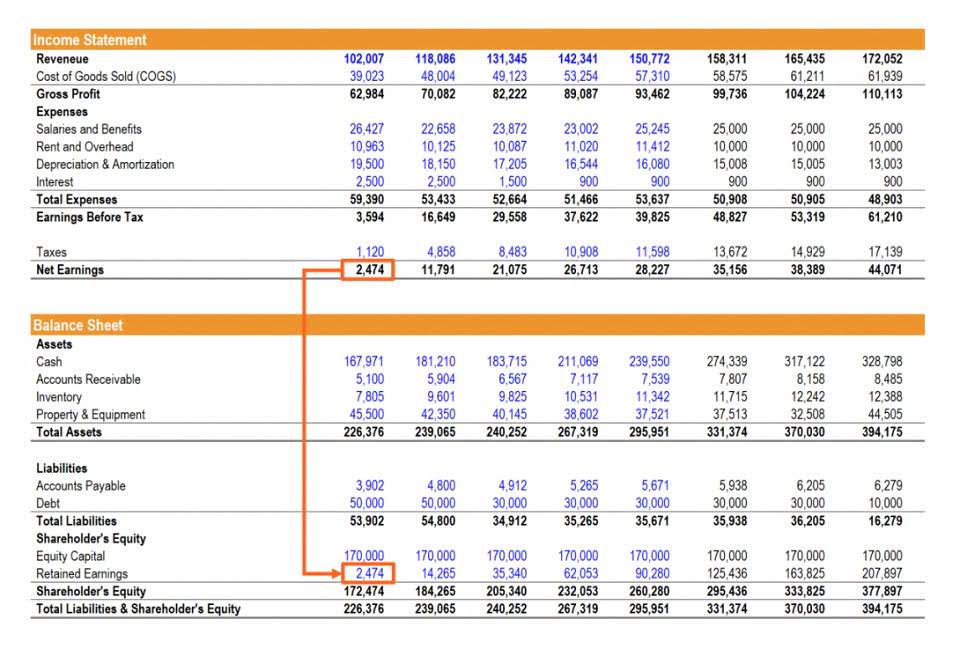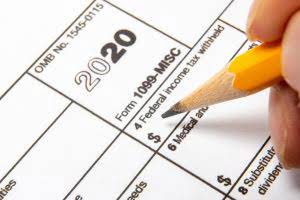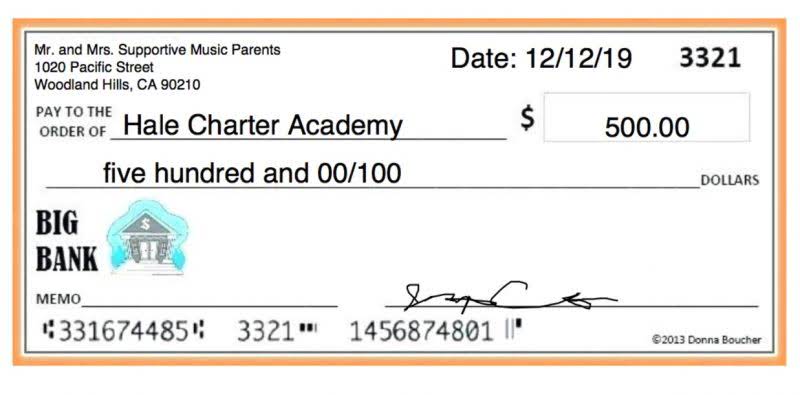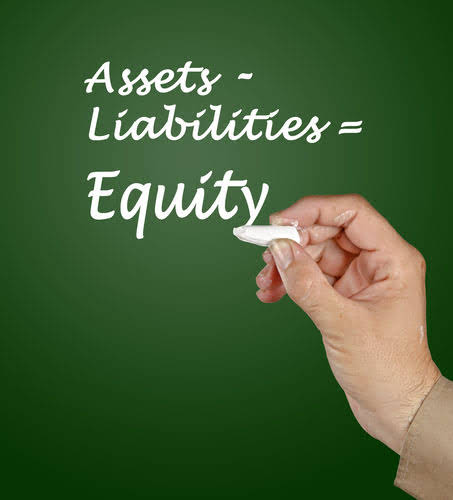For example, the figure below compares the share prices of two companies, X and Y, over one year. Trend analysis that uses business information can be useful for both managers and stakeholders, including potential investors. For instance, you can perform a trend analysis using public web data, such as website traffic for any given company.
Using CiteSpace, we conducted a multi-dimensional analysis of the literature data on psychological interventions for stroke survivors. Initially, we generated an author publication network map to reveal the core authors and their publication volumes in this field. Based on this, we performed a cluster analysis of the author network to explore research teams and collaborative groups in the domain.
The largest global training provider.
Regular updates and adjustments to the analysis methods are necessary in order to capture current and relevant trends. The aim of trend analysis is to recognize changes at an early stage and react to them. Companies use these findings to adapt their strategies, develop innovative products and tap into new market opportunities. Trend analysis requires a long-term perspective in order to distinguish sustainable trends from short-term fluctuations. The aim is to identify developments that will have a long-term impact on the market or industry.
Trend analysis in research refers to examining data over time to identify patterns, correlations, and emerging shifts. It is widely used in academic, market, and business research to study consumer behavior, economic movements, and technological advancements. By analyzing historical data, researchers can make informed predictions about future developments.
This kind of research is employed to examine the patterns, trends, and changes in a certain group of data or study subjects over the course of a particular cohort of time. Trend analysis is the technique of gathering data in an effort to identify recurring patterns, which constitute trends. Effective trend analysis in research will give you an idea about new entries in the market and can be a guide to strategizing a plan to maintain market position or improve it. Understanding the factors affecting your market position becomes easy by adopting trend analysis for a business’s market research. Analyze trend analysis data across different demographics and parameters to gain comprehensive trend perspectives. The intuitive method is the most difficult type of trend analysis and might not be as precise.
Future of Trend Analysis
By analyzing trends, businesses and researchers can spot opportunities, anticipate changes, and navigate challenges effectively. Trend analysis focuses on identifying existing patterns and understanding past data, while forecasting uses those patterns to predict future outcomes. Trend analysis helps businesses recognize shifts in consumer behavior, sales, or market dynamics, whereas forecasting applies statistical models to estimate future values based on these trends. Trend analysis is a vital tool in research, providing insights that drive informed decision-making and strategic planning. By understanding the different types and methods of trend analysis, researchers and organizations can effectively interpret complex data and anticipate future developments. Whether in market research, healthcare, economics, or environmental studies, trend analysis offers valuable insights that can enhance understanding and drive positive change.
Step 1: identify sources of trend data
Each data point is plotted on a two-dimensional grid, allowing you to visualize patterns, correlations, and outliers. The opinions expressed in all articles published here are those of the specific author(s), and do not necessarily reflect the views of Dove Medical Press Ltd or any of its employees. The datasets used in the current study are available in the context of the study.
Advantages of Analyzing Trends in Survey Data
In today’s dynamic business landscape, leaders need advanced skills to stay competitive. The Executive Programme in Business Management equips professionals with essential management knowledge, leadership abilities, and strategic insights to navigate complex challenges and drive growth. Trend Analysis frequently relies on statistical metrics to discern patterns within data. The interpretation of these statistical measures can be subjective, and different methods can yield varying outcomes. As such, it is imperative to be cognizant of the constraints and presumptions intrinsic to the statistical techniques in use.
By relying on clear, actionable insights instead of guesswork, businesses can craft strategies that align with market demands and future possibilities. Thorough trend analysis in research can lead to trustworthy and reliable conclusions rather than mere assumptions. Such insights help us connect the dots and thereby help conclude the factor that will affect consumer behavior in the near future. In market research, trend analysis plays a pivotal what is trend analysis in research role in understanding consumer behaviour, market dynamics, and competitive landscapes. For instance, a company might use trend analysis to monitor the rising popularity of sustainable products.
Dashboards and Tools
- Social media monitoring uses social media monitoring tools to capture trends in real time.
- This foresight inspires creative solutions and innovation, enabling businesses to develop new products or services that align with market needs.
- The great disadvantage of this type of trend analysis is that it is exposed to many variables that could affect the final result of the study.
- Trend analysis is a statistical technique used to identify patterns or tendencies in data over time, helping researchers and organizations interpret complex datasets effectively.
- While Trend Analysis may involve sifting through extensive datasets, it is important to note that its results are only guaranteed to be partially accurate.
- A well-defined scope ensures your analysis remains targeted and practical, helping you uncover trends that truly matter to your organization.
From deciphering the intricacies of trends to interpreting patterns and forecasting the future, Trend Analysis paves the way for informed choices. While it possesses the potential for profound benefits, it is equally vital to acknowledge the limitations and challenges it entails. We hope this blog has aided in improving your understanding of Trend Analysis, its advantages and disadvantages, and examples. This analytical approach harnesses an array of data sources, encompassing financial statements, economic markers, and market data. It deploys diverse methodologies for trend examination, spanning technical analysis and fundamental analysis.
Trend Analysis – Its advantages and 3 types
Reliable sources, such as government reports, reputable market research firms, and peer-reviewed studies, will ensure that the patterns you identify are based on sound and trustworthy information. Avoid using data from sources with questionable credibility or limited scope, as this can lead to incorrect conclusions. Trends in financial data, such as revenue, profit margins, and cash flow, help organisations assess the financial health of the business.
For instance, identifying a gradual rise in demand for sustainable products enables businesses to adapt their strategies ahead of competitors. Trend analysis can be categorized into several types, each with its unique focus and application. Additionally, longitudinal and cross-sectional trend analysis offer insights into data collected over a long period and at a specific point in time, respectively. Trend analysis is instrumental as an indicator in identifying the underperforming areas of the business.
- The most common way to classify the various types of Trend Analysis is based on the method used.
- This blog explores the fundamental concepts of Trend Analysis, delving into the essence of trends, data collection, techniques, interpretation, and applications.
- Another option is to transform this data into moving averages that will eliminate fluctuations for better trend identification.
- By embracing these innovations, businesses can gain a significant competitive edge.
In finance, it helps investors predict stock market movements and identify investment opportunities. Trend analysis involves examining data over time to identify consistent patterns or trends. Collecting and analysing historical data helps predict future behaviours or outcomes. This method is widely used across various disciplines, including business, economics, and finance. Trend analysis is critical in various fields, from business and finance to social sciences and technology. It helps us understand patterns, predict future outcomes, and make informed decisions.














